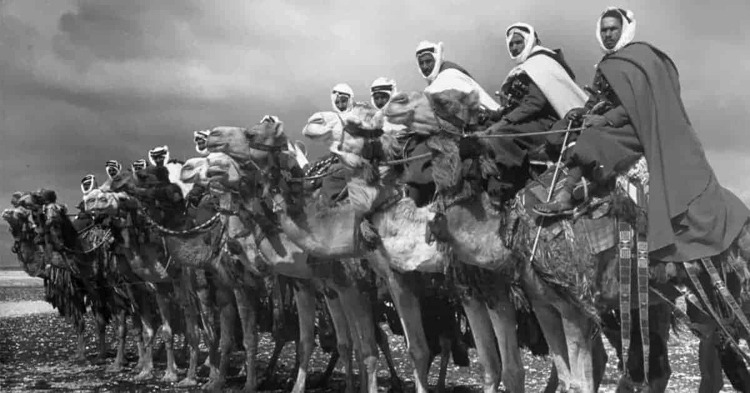Channeling a spirit of patriotism and pride, today Jordanians all across the country are celebrating the adoption of the Jordanian flag, first hoisted on April 16, 1928.
The flag of Jordan is made up of horizontal black, white and green bands that are connected by a red chevron. If you pay close attention to the colors you’ll notice that they are the same as Pan Arab colors. Many Arab flags are made of those 4 colors; red, black, green and white. The reason for their popularity among Arab countries is that each color represents a different period of Arab history. The black is used to represent the Rashidun and Abbasid caliphates, the white of the Ummayads, the green of the Fatimids and the red of the Hashemite dynasty.
It is said that those 4 colors were first combined and used together back in 1916 in the flag of the Arab Revolt. Back than, the leader of Mecca known as Sharif Hussein designed a flag to act as a powerful symbol for the united Arab revolt against the Ottoman Turks. It was a moment when Arab countries put on a united front against an outside force. These colors are special in that they unify Arabs around the Arab World through their shared experiences of sacrifice, colonialism and revolt.
The Jordanian flag of today is inspired by that flag, carrying its same colors and significance. The only difference is that it includes a seven pointed star, considered a symbol of the unity of the Arab people. As it is inspired by the 1916 flag, a true symbol of about independence, the Jordanians adoption of the same flag represents their own celebration of independence and freedom. Today, the streets of Jordan will be decorated with the infamous flag, acting as a symbol of the nation’s continued pride in its history and in the Arab region as a whole.




